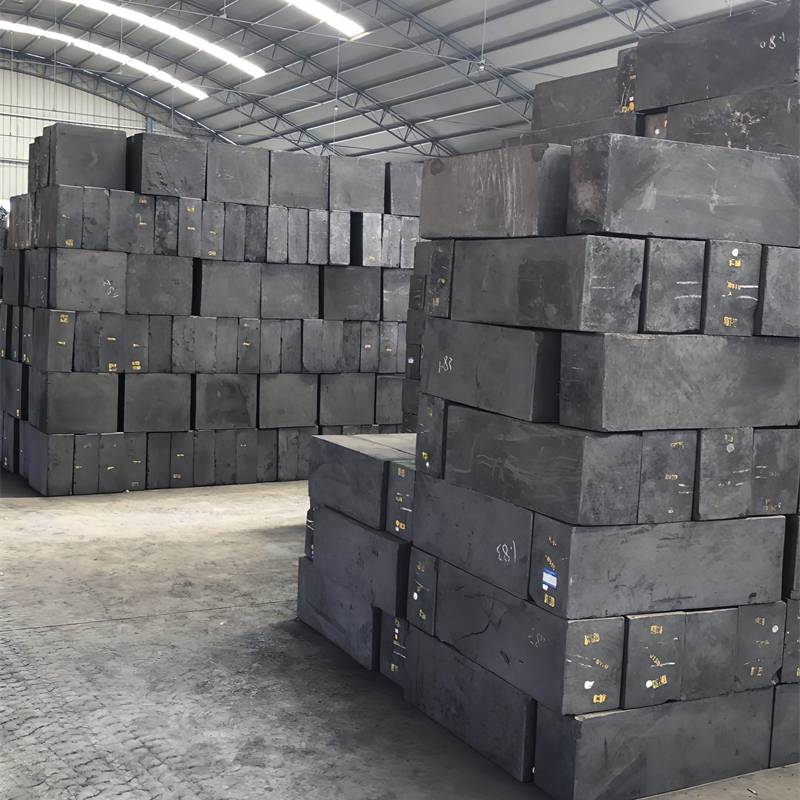High purity graphite refers to graphite with a carbon content >99.99%. It is widely used in advanced refractory materials and coatings in the metallurgical industry, military industrial pyrotechnic material stabilizers, pencil leads in the light industry, carbon brushes in the electrical industry, electrodes in the battery industry, Fertilizer industry catalyst additives, etc.
High-purity graphite (also known as scaly high thermal conductivity carbon powder) has the advantages of high strength, good thermal shock resistance, high-temperature resistance, oxidation resistance, small resistivity, corrosion resistance, and easy precision machining. It is an ideal inorganic non-metal Material. Used for processing and manufacturing electric heating elements, structural casting molds, crucible boats for smelting high-purity metals, heaters for single crystal furnaces, graphite for EDM, sintering molds, electron tube anodes, metal coating, graphite crucibles for semiconductor technology, Graphite anodes, grids, etc. for emitting electron tubes, thyratrons, and mercury arc rectifiers.
Features and high-purity graphite applications
High purity graphite has the characteristics of high strength, high density, high purity, high chemical stability, dense and uniform structure, high-temperature resistance, high electrical conductivity, good wear resistance, self-lubricating, easy processing, etc., and is widely used in metallurgy, chemical industry, aerospace, electronics, machinery, nuclear energy, and other industrial fields. In particular, large-scale and high-quality high-purity graphite, as an alternative material, has broad application space and broad application prospects in high-tech and new technology fields.
High-Purity Graphite in Electronic Semiconductor Production
High-purity graphite is a versatile and indispensable material in electronic semiconductor production, contributing to the manufacture of high-performance and reliable semiconductor devices used in a wide range of electronic applications. Its unique combination of properties, including high thermal stability, excellent electrical conductivity, and chemical inertness, makes it a preferred choice for various critical processes within the semiconductor industry.

